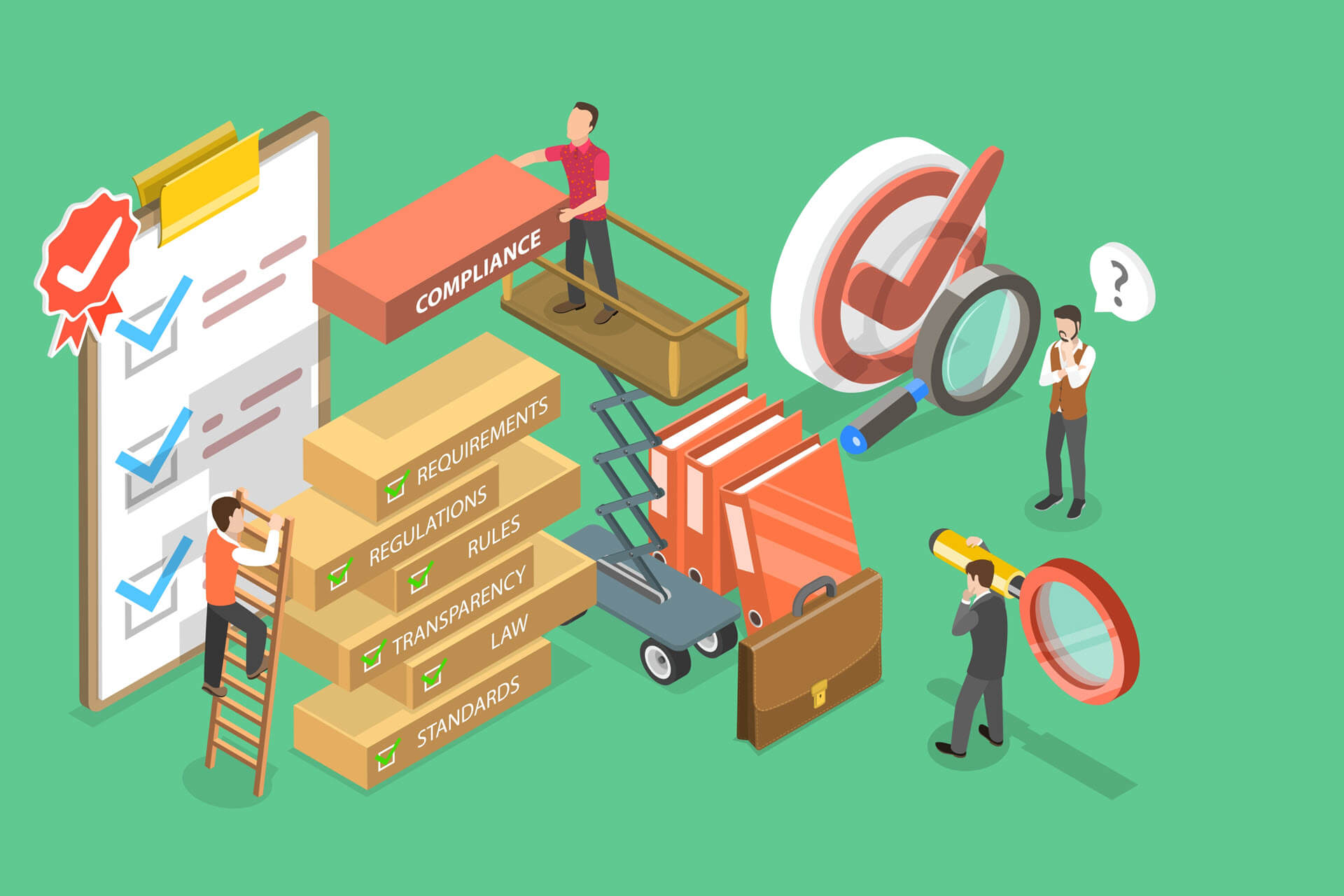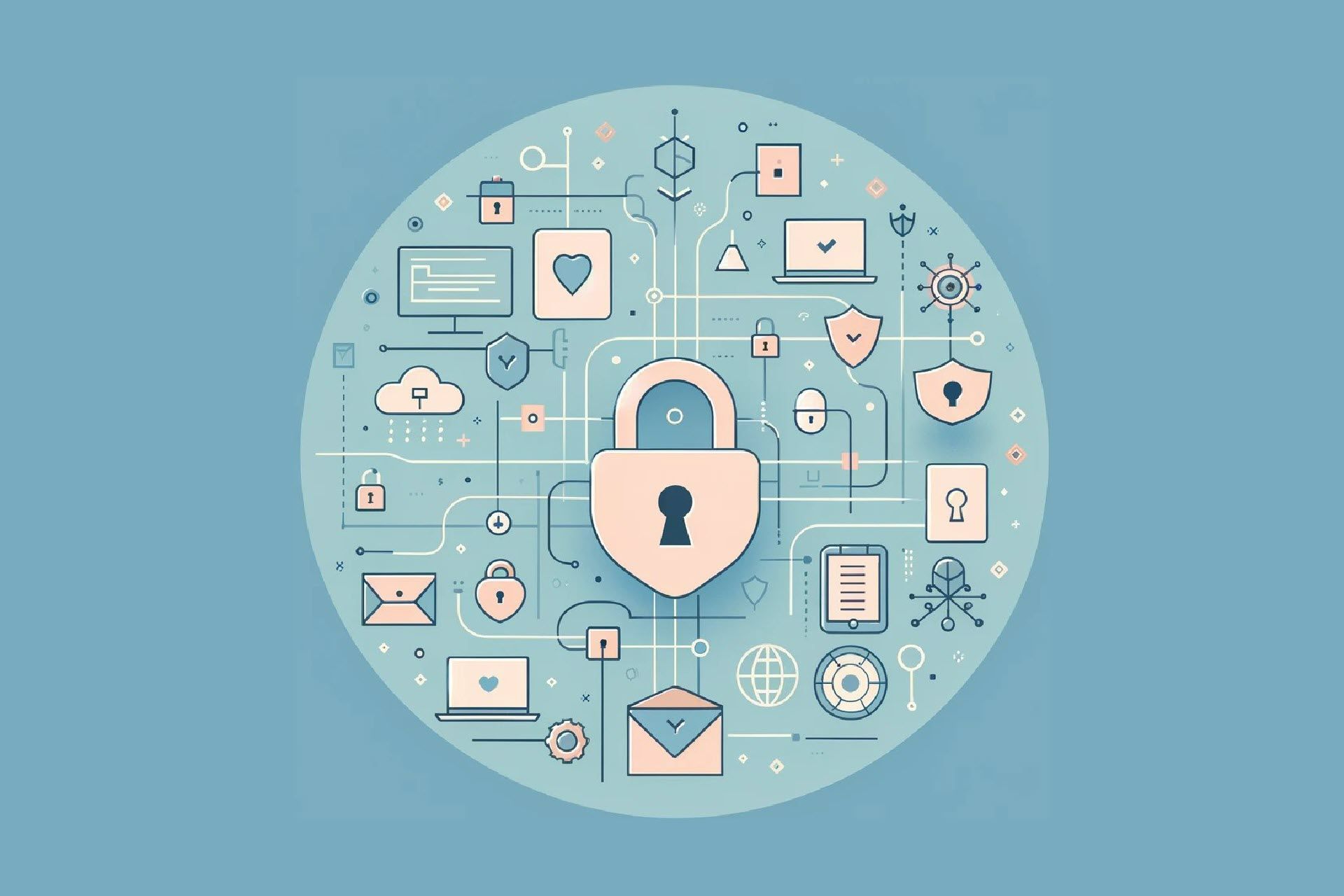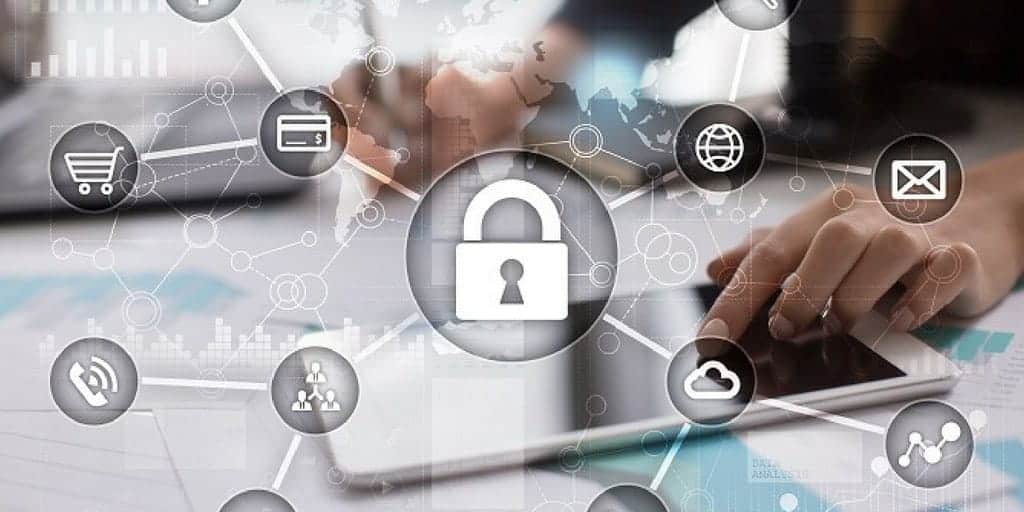Global digital interconnectedness dictates that organizations maintain the privacy and security of the vast ocean of sensitive data they collect. Clients and stakeholders nowadays expect that the private information collected while conducting business is kept safe. Organizations that wish to differentiate themselves in the market seek certifications that demonstrate their commitment to this goal.
Service Organization Controls 2 (SOC 2) is an auditing and reporting framework that is specifically designed for businesses that store client data in the cloud. Compliance with SOC 2 means that the company maintains a robust and secure environment for the storage and management of customer data.
This article provides an in-depth look at what SOC 2 is, why it is important for businesses, and how to achieve compliance.
What Is SOC 2?
Service Organization Controls, or SOC 2, is a framework for auditing and reporting on the controls that businesses implement to ensure the safety, integrity, and privacy of sensitive data. SOC 2 was created in 2010 by the American Institute of Certified Accountants with the aim of establishing trust between service providers and their clients.
SOC 2 is primarily designed for businesses such as SaaS companies, cloud service providers, and organizations that store sensitive information in the cloud. Companies that undergo a successful SOC 2 audit demonstrate to their clients that they follow stringent guidelines to safeguard customer data and are committed to the highest standards of information security and data management.
What Is SOC 2 Compliance?
A company that is SOC 2 compliant is one that has been assessed by an external auditor and that has fulfilled the trust service criteria (TSC) set by the AICPA. These criteria refer to the controls, policies, and procedures that are in place and that must align with the five trust service principles of SOC 2.
What are the Five Trust Service Principles of SOC 2?
The five trust service principles of SOC 2 ensure that a company’s systems are set up to protect the security, availability, processing integrity, confidentiality, and privacy of customer data. These principles are:
- Security: Ensures that the system is protected against physical and logical unauthorized access.
- Availability: Pertains to the system’s ability to remain operational and available as stipulated in the agreement.
- Processing integrity: Guarantees that system processing is authorized, complete, accurate, and timely.
- Confidentiality: Refers to the protection from disclosure and access of information designated as confidential.
- Privacy: Addresses the collection, use, retention, disclosure, and disposal of personal information in accordance with the organization's privacy notice and the criteria set by the AICPA’s generally accepted privacy principles (GAPP).

Why Is SOC 2 Important?
A SOC 2 report shows that a company has established a set of effective controls that protect the privacy of its systems and data. As such, it is important for several reasons:
- Client trust: Having a SOC 2 report signifies that a service organization stores, processes, or transmits customer data securely. This not only builds trust with customers but also differentiates the company in a competitive market.
- Regulatory compliance: In certain industries, regulators require service organizations to provide evidence of the effectiveness of controls. A SOC 2 report provides a standardized way to assess and communicate this.
- Proactive cybersecurity and data protection: A SOC 2 report showcases the organization’s dedication to cybersecurity and data protection, strengthening its defenses against cyber threats and data breaches. SOC 2 compliance demonstrates that a company is not only prepared to face current threats but also evolving future challenges.
- Stakeholder confidence: Investors, partners, and other stakeholders will take a SOC 2 report as a sign of the company’s proactive approach to risk management and data security.
- Improved business operations: The rigorous requirements of SOC 2 push organizations to examine the efficiency and consistency of their operations. These insights lead to process streamlining, the elimination of redundancies, reduced costs, and more informed decision-making regarding technology investment, resource allocation, and strategic planning.
- Relations with third-party vendors: Achieving SOC 2 can unlock new business opportunities, as many companies consider a report essential when evaluating third-party vendors. Furthermore, SOC 2-compliant firms expect the same level of commitment to security from third-party vendors, fostering a more secure and reliable supply chain.
- Business continuity and disaster recovery (BC/DR): A SOC 2 audit checks system availability, which is closely related to a company’s BC/DR strategy. SOC 2 compliance not only establishes that an organization has BC/DR plans but also that they are regularly tested to ensure they are effective.
- Contractual obligations: Companies outsourcing data storage and processing services often require providers to be SOC 2 compliant. They may also request periodic reviews or renewals of the SOC 2 report.
Who Needs SOC 2 Compliance?
SOC 2 compliance is not legally mandated. However, service organizations that manage customer data, especially in cloud environments, are often compelled to seek SOC 2 certification due to the nature of their operations, industry standards, or client requirements.
The following types of entities typically benefit from securing SOC 2 compliance:
- Cloud service providers, due to the nature of their service and the fact that they handle large amounts of sensitive information.
- Software as a Service (SaaS) companies, as they deliver their software applications over the internet and deal with customer data.
- Financial institutions, although subject to industry-specific regulatory requirements, might also pursue SOC 2 compliance in order to satisfy certain contractual obligations and to underscore their dedication to protecting critical data and operations.
- Healthcare providers that utilize cloud solutions to handle health records and patient data seek SOC 2 certification to demonstrate their commitment to security and privacy beyond the requirements of HIPAA.
- Data centers, which host the infrastructure and data of multiple clients, offer proof of their dedication to security and availability by being SOC 2 compliant.
- Managed service providers (MSPs) aim to assure their customers that the security, privacy, and availability of their services are an overriding principle.
- Companies seeking a competitive advantage, regardless of the industry in which they operate, pursue SOC 2 compliance to differentiate themselves in the market and demonstrate to customers their dedication to security and privacy best practices.

What Is a SOC 2 Audit?
During a SOC 2 audit, an independent auditor assesses a company’s controls in relation to the five trust service principles mentioned above: security, availability, processing integrity, confidentiality, and privacy.
Generally, the SOC 2 audit process looks like this:
- Preparation: The organization defines which systems and processes will be audited, checking for potential areas of non-compliance, and deciding which service principles are relevant.
- Choosing the auditor: The organization selects a reputable auditing firm with experience in performing SOC 2 audits.
- Data collection: The auditor gathers various types of documentation, conducts interviews with key personnel, and gathers evidence to understand roles, responsibilities, and the operational effectiveness of controls.
- Testing and evaluation: The auditor observes procedures and performs tests to determine if the controls in place are effective. Depending on the type of report (Type I or Type II), the auditor assesses controls at a specific point in time or over a period.
- Report drafting: The auditor drafts a SOC 2 report, which provides a detailed description of the organization’s systems and procedures and includes the auditor’s opinion on their effectiveness.
- Management assertion: The organization’s management asserts the completeness and accuracy of the system’s description.
- Report finalization: After reviewing the draft and making any necessary revisions, the report is finalized, and the auditor issues the SOC 2 report.
Typically, organizations undergo SOC 2 audits annually or when they make significant changes to their systems, policies, and technical configurations.
What are the Two Types of SOC 2?
SOC 2 audits come in two types: Type I and Type II. Both types evaluate a service organization’s controls, but they differ in scope, depth, and the covered timeframe.
A Type I audit assesses an organization’s controls at a specific point in time. It will describe the design of the controls and establish whether they are successful in achieving their objectives at the specified date. Organizations typically undertake this type of audit as a first step to achieving SOC 2 compliance.
A Type II audit evaluates both the design and the implementation of the controls over a period that ranges from three months to a year. The aim of this audit is to determine whether the controls operate effectively over the evaluation period and are valued by stakeholders.

Who Can Perform a SOC 2 Audit?
SOC 2 audits can only be conducted by an independent Certified Public Accountant (CPA) or a firm of CPAs. The auditor must have specialized knowledge and experience of IT controls and the specifics of the SOC framework. They must also be licensed, follow the professional standards of the AICPA, and be in good standing with the regulatory authority in their jurisdiction.
How Much Does SOC 2 Cost?
The cost of a SOC 2 audit and the subsequent report varies widely depending on multiple factors. When planning a SOC 2 audit, organizations need to consider the following elements:
- The scope of the audit: Type I audits are typically less expensive than Type II audits because they take less time and are less complex.
- Size of the organization: The larger and more complex the organization and its operations, the higher the costs of obtaining a SOC 2 report.
- Audit readiness: Organizations with well-established and documented policies and procedures can streamline the audit process, which reduces the time and cost of the audit.
- Geographical location: Auditor hourly rates vary between regions and countries.
- Auditing firm: Auditing firms price their services differently; credentials and expertise may come at a higher cost.
A SOC 2 Type I audit typically ranges from $7,500 to $15,000 for a midsize company. Larger businesses can expect to pay from $20,000 to $60,000.
A SOC 2 Type II audit for a midsize company averages $12,000 to $20,000. For larger organizations, the cost of an audit ranges from $30,000 to $100,000.
These are ballpark estimates, and the actual costs vary widely depending on a multitude of factors. It is essential that organizations obtain personalized quotes from auditing firms. Moreover, these estimates do not include associated costs such as readiness assessments, investment in security tools and services, staff security awareness training, and lost productivity.

SOC 2 Compliance Checklist
Any SOC 2 compliance checklist needs to be tailored to the specific organization and the ways it chooses to satisfy the trust services criteria.
This general checklist provides the key areas companies should address when seeking SOC 2 compliance:
Determine the Scope
- Establish the scope of the SOC 2 audit (e.g., systems, services, data centers) and whether you will seek a Type I or Type II audit.
- Select the Trust Service Criteria (security, availability, confidentiality, processing integrity, privacy) you want to measure; the selection will depend on your industry, regulation, and customer demands.
Documentation
- Ensure that the policies for all relevant areas (e.g., information security, incident response) are well documented.
- Maintain documentation on all activities related to security and compliance.
- Keep comprehensive documentation for audit trails.
Risk Assessment and Remediation
- Conduct a risk assessment to identify potential gaps.
- Establish and prioritize remediation strategies to address the identified gaps.
Communication
- Create internal channels of communication.
- Ensure external communication is clear.
Authentication and Access
- Implement strong authentication methods, including multi-factor authentication (MFA).
- Establish role-based access controls.
- Monitor all access events.
- Secure physical access to critical locations.
System Operations
- Monitor system performance and availability.
- Patch and update software and infrastructure regularly.
- Test updates before deploying.
Change Management
- Establish change management procedures.
- Document procedures for making changes.
- Maintain logs of system changes.
Cybersecurity
- Encrypt sensitive data in transit and at rest.
- Manage and protect encryption keys.
- Monitor your systems and networks for suspicious behavior.
- Regularly conduct vulnerability assessments and penetration testing.
Incident Response
- Create an incident response plan.
- Set up alerts for security events.
- Conduct regular tests of incident response procedures.
Backup and Recovery
- Regularly back up data.
- Periodically test your recovery processes to ensure they are effective.
Vendor Management
- Regularly assess the security practices and protocols of third-party vendors.
- Establish clear service level agreements (SLAs) regarding security.
Staff Training
- Regularly train your staff on best security practices.
Review and Evolve
- Regularly review and update your security policies and practices.
- Continually monitor and improve to stay ahead of evolving threats and technologies.

SOC 2: The Invaluable Seal of Trust
Trust has always been the cornerstone of successful business relationships. In the digital age, SOC 2 serves as a powerful testament to an organization’s commitment to safeguarding the data and privacy of its clients and stakeholders.
However, as technology evolves, so do threats and vulnerabilities. Organizations must stay vigilant and be consistent in their efforts to maintain and enhance established controls. In this sense, obtaining SOC 2 compliance is just one piece of the puzzle, but a valuable one, which fosters a culture of security, transparency, and trust.



